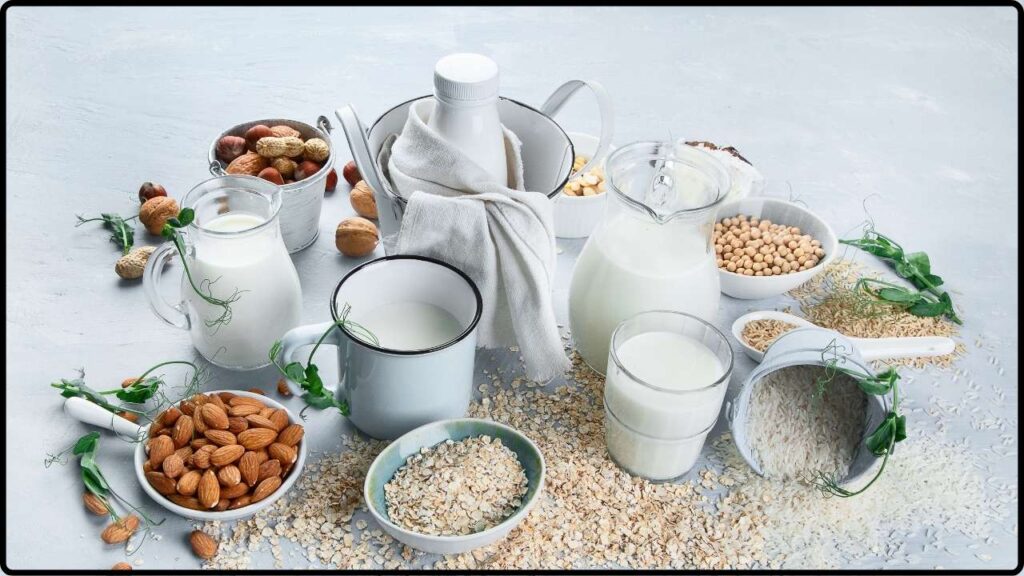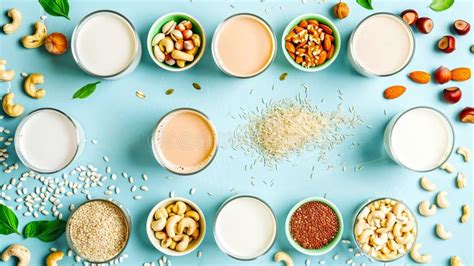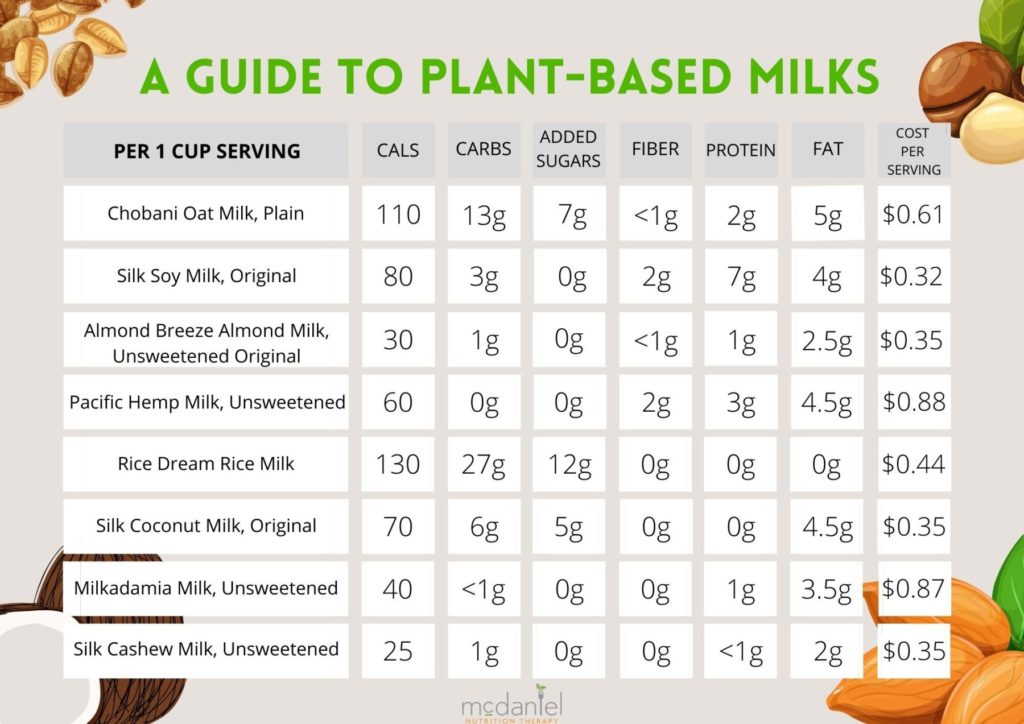The Truth About Vegetable Milk: Vegetable milk (aka plant milk, non‑dairy milk) is huge in the U.S. today—from almond to oat, soy to pea—and even new contenders like pistachio, hemp, and flaxseed. But here’s the kicker: just because it’s trending, doesn’t mean it’s a nutritional knockout. Is plant milk helping your body—or just fluffing up your latte? Let’s unpack this deeply, yet in a way a 10‑year‑old can understand, while giving pros the info they need.
Plant milks hit 15 percent of U.S. retail milk sales in 2024, with nearly 40 percent of households buying them—but nutritionists caution they usually don’t match cow’s milk for protein, calcium, and essential minerals. Plus, not every plant milk is fortified properly, and some are full of additives .
The Truth About Vegetable Milk
Vegetable milks aren’t all bad—many are solid choices. But they’re not automatically healthier or nutritionally equivalent to dairy. Unless you choose fortified soy or pea milk, you’re likely missing essential protein, minerals, and other nutrients. Always read labels, go unsweetened, and think of plant milks as a part of your whole diet—not a magic fix. Be intentional, informed, and compassionate—to your body, ancestors, and future generations.

| Topic | Insights & Data |
|---|---|
| U.S. Market Size (2024) | Plant‑milk industry: USD 21.2 B, projected to reach USD 49.2 B by 2035 (CAGR ~7.9 percent) . Consumer growth fueled by health, sustainability, and alternative‑diet trends. |
| Protein per 8‑oz cup | Cow: ~8 g • Soy/Pea: ~7–8 g (complete protein) • Almond/Oat/Coconut: ~1–3 g . |
| Calcium & Vitamin D | Cow milk naturally rich; plant milks only count if fortified—bioavailability varies. USDA counts fortified soy as dairy equivalent . |
| Emerging Alternatives | Pea milk: ~7.5 g protein, low emissions, allergen‑friendly . Seed & nut milks (pistachio, hemp, sunflower) gaining ground . |
| Additives & Processing | Many contain gums, carrageenan, emulsifiers, added sugars—seek unsweetened, simple‑ingredient versions . |
| Allergy & Labeling Notes | Nut allergies exist; EU requires “beverage” labeling instead of “milk”; watch allergen cross‑contact . |
| Official Resource | Learn more: FDA – Milk and Plant‑Based Milk Alternatives |
What Is Vegetable Milk Exactly?
Vegetable milk is made by soaking, grinding, or digesting plants (like nuts, seeds, legumes, or grains), then straining the mixture to produce a creamy, drinkable liquid. Brands then often fortify this milk with calcium, vitamin D, riboflavin, vitamin B12, sometimes even protein blends, to mimic cow’s milk nutrition.
These products are amazing alternatives for people who are lactose‑intolerant, allergic to dairy, vegan, or simply choosing plant‑based foods. But—just like any food in nature—not all plant milks are the same, and their nutritional impact depends largely on formulation, processing, and ingredients.

Nutritive Showdown: Plant vs. Cow
Protein: The Heavy-Hitter
Protein is important for muscles, bones, hormones, enzymes—it’s essential for energy and growth.
- Cow’s milk: ~8 g of high‑quality, complete protein per cup .
- Soy Milk: ~7–8 g per cup, also complete protein, comparable to cow’s milk .
- Pea Milk: ~7 g, not a complete protein alone, but often paired with other proteins; good for those with soy allergies .
- Almond/Oat/Coconut: 1–3 g—low in protein and not enough to replace dairy protein intake. Not ideal as a sole substitute .
Calcium & Vital Vitamins
Calcium and vitamin D are essential for healthy bones and strong teeth—especially in growing kids and aging adults.
- Cow’s milk: Rich in absorbable calcium and naturally fortified with vitamin D.
- Plant milks: Must be fortified correctly. Soy has the edge, meeting USDA standards in the Dairy Group when fortified .
- Others like almond or rice milk may be fortified unevenly or use forms of calcium less easily absorbed by the body.
Essential Minerals & Additives
- Important minerals: Magnesium, zinc, potassium—critical for metabolism, immunity, muscle function—often missing in non‑fortified plant milks .
- Additives: Many makers add gums (like gellan, xanthan), carrageenan, lecithin, oils, or sweeteners to improve texture and taste—making some plant milks ultra‑processed .
Real-Life Example: Aiden’s Choice
Aiden is a 10‑year‑old basketball player. He needs balanced nutrition for energy and growth:
- Drinking cow’s milk gives him 8 g protein, plus calcium, vitamin D, potassium—daily basics.
- Drinking oat milk? He’s only getting 2–3 g protein, even with fortification—not enough.
- If he switches to fortified soy or pea milk, he gets nearly equivalent protein and nutrients.
Lesson: For kids, teens, or athletes, fortified soy or pea milk is the smartest non‑dairy pick.
Why Plant Milk Sales Are So High?
- Health Awareness: People see “plant‑based” as healthy—but that’s not always true unless it’s fortified.
- Dietary Restrictions: Lactose intolerance, milk allergy, veganism drive up demand.
- Environmental Concerns: Lower greenhouse gas emissions and no animal welfare issues appeal to many—though almond milk is water‑intensive per glass .
- Cultural Trends: Wellness influencers, fancy coffee shops, and shelf visibility push popularity.
Projections: Market hit $21.2 B in 2024; forecasted to approach $50 B by 2035 worldwide .

Step‑by‑Step Guide To Choosing the Right Plant Milk: The Truth About Vegetable Milk
Step 1 – Know Your Why
- If it’s for a latte or taste? Pick almond, oat, or coconut.
- If it’s for nutrition, growth, or satiety? Go for soy or pea.
Step 2 – Check the Nutrition Label
- Look for ≥7 g protein, visible calcium + vitamin D.
- Sugar content should be as close to zero as possible.
- Avoid additives like carrageenan, polysorbate, hydrogenated oils.
Step 3 – Brand Choices that Deliver
- Silk, Ripple, Elmhurst, So Delicious, Califia: all have fortified options.
- Ripple: notable for plant protein blends.
- Elmhurst: uses minimal ingredients.
- Newer brands: Three Trees Pistachio Milk, Good Karma Flaxmilk, Milkadamia Hemp Milk—often allergen‑free. Always read the label.
Step 4 – Use and Pair Smartly
- In cereal, smoothies, coffee—just substitute with cow’s milk.
- Need more protein? Pair with eggs, beans, tofu, Greek yogurt.
- Low‑protein drinkers should add legumes, cheese, meat, nuts, or fortified cereals.
Step 5 – Special Situations
- Kids under 2: Whole milk is best—if switching, use fortified soy with pediatric guidance .
- Pregnant women or seniors: High nutrient needs—fortified soy or pea milk + diverse diet crucial.
Label Laws, Allergies & Misleading Claims
- In the EU, regulations now require non‑dairy drinks to say “beverage” or “drink,” not “milk” .
- In the U.S., terms like “dairy milk” are protected; but plant‑milk makers are pushing boundaries with terms like “dairy‑free milk.”
- Allergen alerts: Nuts (almond, cashew, pistachio), soy, gluten (oat, barley), sesame, hemp. If you’ve got allergies, always read the label thoroughly.

Cultural & Environmental Context
A. Indigenous Wisdom and Respect
In many Native American cultures, respect for land, plants, and animals guides food choices. Plant‑based drinks should still honor balance—with respect for natural cycles, communities, sourcing, and nutritional wellness.
B. Sustainability Snapshot
- Almond milk: high water use (~74 L per glass).
- Oat milk: lower water and land demands; modest carbon footprint.
- Pea milk: super low footprint—86 percent less water use vs dairy; ~71 g CO₂ vs ~330 g for dairy .
- Soy milk: eco‑friendly when non‑GMO and responsibly sourced, but soy farming has deforestation concerns if not certified.
Simple Recipes Using Plant Milk
1. Power Smoothie for Kids
- 1 cup fortified soy or pea milk
- ½ banana, handful spinach, ½ cup berries
- 2 Tbsp peanut butter or Greek yogurt
- Blend, serve for breakfast or post‑play.
2. Creamy Oat‑Lentil Soup
- Sauté veggies; add broth, red lentils, nutmeg.
- Finish with ½ cup oat milk for creaminess—gets heart and texture without dairy.
3. “Fancy‐Amt” Chai Latte
- Steep chai tea, sweeten with honey or maple, stir in warm fortified almond milk.
- Bonus tip: foam the milk with a whisk for a café‑style treat.
McDonald’s Confirms the Comeback of a Legendary Menu—You Won’t Believe What’s Returnin
Costco’s Top‑Selling Ice Cream Is Back; Now With Brand‑New Flavours Everyone’s Craving
3 Alarming Signs Your “One-Time” Purchases Are Secretly Becoming a Spending Habit











